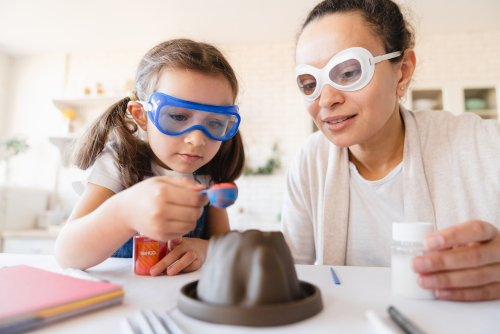
Over the past two years, education systems across the nation have been challenged with oscillating shifts, from classroom learning to remote and online learning, and even hybrid approaches, due to COVID-19 precautions and responsiveness. Amid these ongoing changes, educators reimagined the ways they engaged with their students, and many turned to museums and other community organizations for support to better understand how to leverage our collections, educational resources, and expertise creatively for their students.
For the community of more than 300 museum educators at the Smithsonian, the sudden urgency to scrap our traditional modus operandi unleashed new levels of innovation. We reimagined how to share a vast library of artifacts, artworks, specimens, and content expertise with our audiences to best meet their teaching and learning needs.
As teachers and students return to schools and museums searching for a “new normal,” below are some practices from the past two years I know we’ll keep.
Connecting with students–wherever they are
At the start of the pandemic, our team faced the challenge of helping students learn from home with the support of their teachers and caregivers. As classroom teachers switched from, “How do I engage students in the classroom?” to “How do I teach from home?” our team shifted from “How do we engage people in the museum?” to “How do we meet people where they are?”
Getting there meant making deliberate shifts in how we fulfill our mission and serve our learners. We took our role in a community ecosystem of learning to heart and launched online programs to provide ongoing pedagogical and technical support for the effective use of the Learning Lab – a free portal providing digital access to vast collections of education resources, and developed new templates and tools for teachers to support a range of approaches to learning. We partnered with national and local organizations to provide education resources that supported their evolving needs.
As the return to both classrooms and in-person museum visits is upon us, we will continue to be responsive to the needs of schools and students across the country, no matter where the learning happens.
Better curation
The ways in which we present information as educators shifted during the pandemic, too. Teachers rushed to find high-quality digital content in a vast sea of resources. They turned to podcasts, videos, interactive games, and other media. By experimenting with new types of content, educators changed their own processes of curation.

